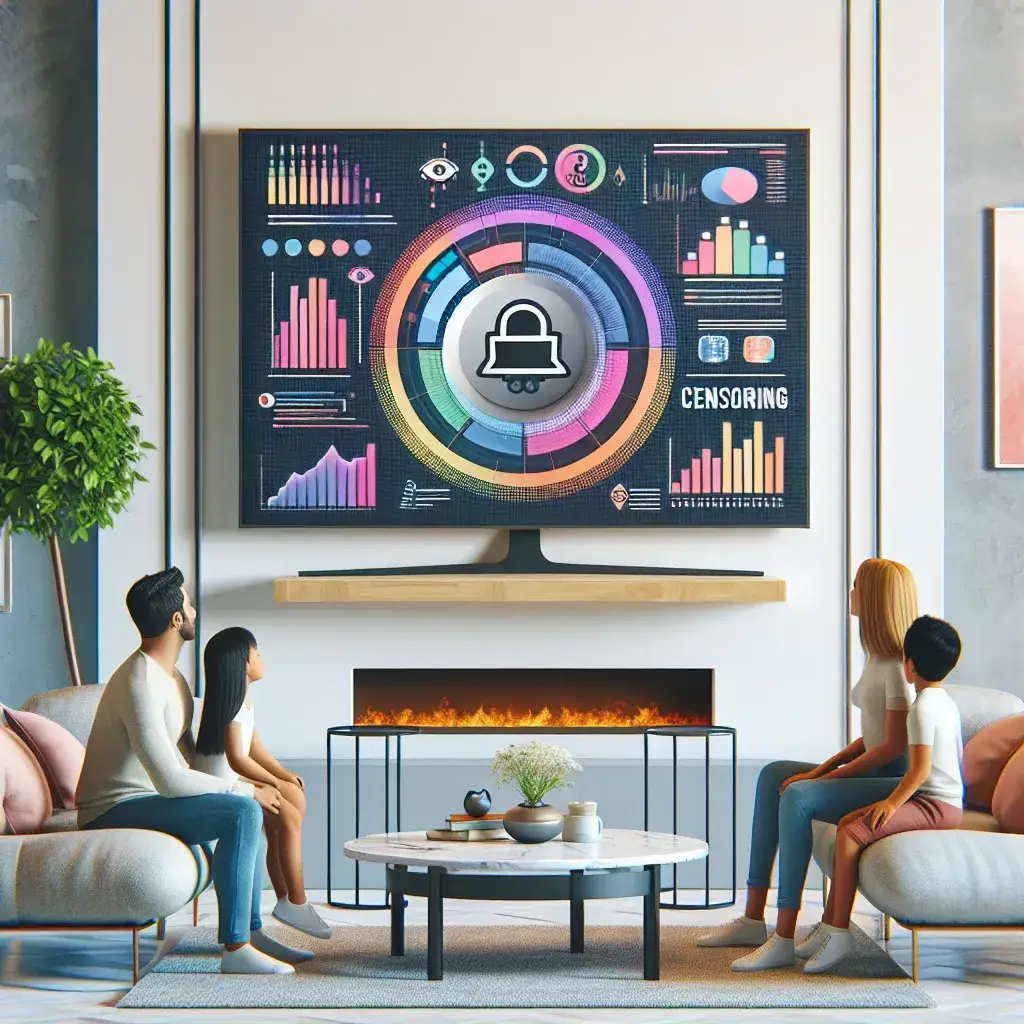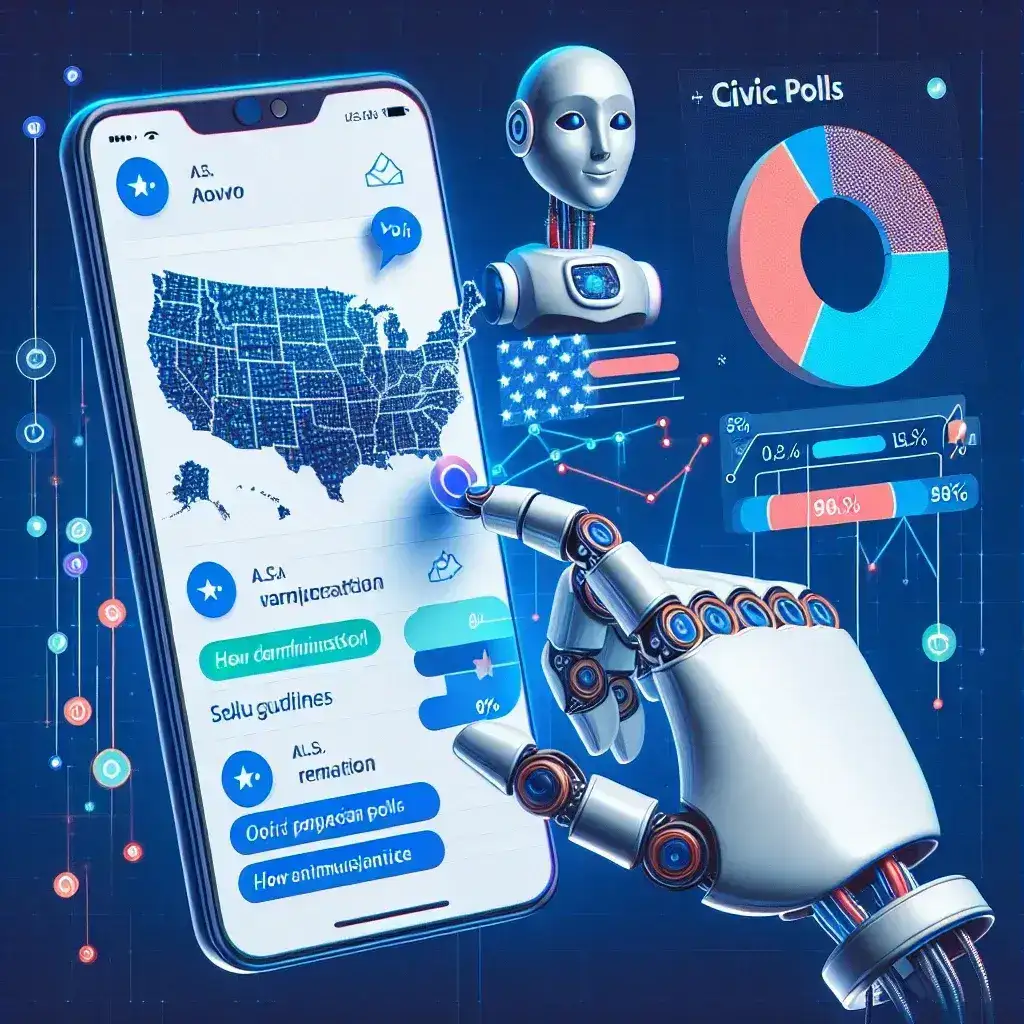Introduction
In an era where streaming services dominate entertainment consumption, ensuring a safe environment for children has become a top priority for parents. Comcast’s recent unveiling of an AI parental dashboard tailored for U.S. streaming apps signifies a monumental shift in how families interact with digital content. This innovative approach not only promotes responsible viewing but also empowers parents to take control over their children’s online experiences.
The Need for Parental Controls
As the streaming landscape expands, so does the array of content available to viewers. While this variety offers exciting opportunities for entertainment, it also raises concerns about age-appropriate content. According to a recent study, 65% of parents express worries regarding their children’s exposure to inappropriate material online. This necessitates robust parental controls that can adapt to the dynamic nature of streaming services.
Understanding Comcast’s AI Parental Dashboard
Comcast’s AI parental dashboard is designed to tackle these concerns head-on. By harnessing advanced artificial intelligence, the dashboard offers a myriad of features that enhance parental oversight:
- Content Filtering: The dashboard analyzes and categorizes content based on age appropriateness, allowing parents to set restrictions tailored to their child’s viewing age.
- Viewing History: Parents can monitor their children’s viewing habits, gaining insights into what they watch and for how long.
- Time Management: With features that allow parents to set time limits on streaming, they can ensure that screen time does not interfere with homework or family time.
- Content Recommendations: The AI offers personalized suggestions based on family preferences, making it easier for parents to guide their children’s viewing choices.
Historical Context
The concept of parental controls is not new, but the technology has significantly evolved. In the early days of cable television, parents relied on simple password protections and channel blockages. However, as digital content proliferated, these traditional methods became insufficient. The advent of smart TVs and streaming devices introduced new challenges that demanded more sophisticated solutions. Comcast’s AI dashboard represents a culmination of years of technological advancement, combining AI with user-friendly interfaces to create an effective parental control system.
The Role of Artificial Intelligence
AI technology plays a pivotal role in the functionality of the parental dashboard. By continuously learning from user interactions, the AI can refine its content categorization and filtering systems. This adaptability ensures that the dashboard remains relevant in an ever-evolving media landscape. For example, as new shows and movies are released, the AI can promptly assess their content and update restrictions accordingly, providing parents with peace of mind.
Pros and Cons of Comcast’s AI Parental Dashboard
Pros
- Enhanced Control: Parents receive advanced tools to manage their children’s viewing habits effectively.
- Customizable Settings: Individual profiles can be created for each child, catering to different age groups and maturity levels.
- Real-Time Monitoring: The ability to track viewing history in real-time allows parents to stay informed about their children’s activities.
- Improved Recommendations: The AI’s capability to learn preferences helps in suggesting suitable content, fostering a positive viewing experience.
Cons
- Dependency on Technology: Critics argue that over-reliance on AI may lead to complacency among parents regarding direct engagement with their children.
- Privacy Concerns: Some parents may be wary of data collection regarding their children’s viewing habits, raising questions about privacy.
- Initial Learning Curve: The dashboard may require a period of adjustment for parents unfamiliar with technology.
Future Predictions
Looking ahead, it is reasonable to expect that Comcast’s AI parental dashboard will set new industry standards for parental controls. As other streaming services take note of this innovative approach, the demand for similar features will likely increase across platforms. In the coming years, we may see:
- Integration with Smart Home Devices: Future iterations could allow seamless integration with other smart devices, enhancing parental controls throughout the household.
- Expansion of AI Capabilities: As AI technology continues to advance, features such as voice recognition and more nuanced content analysis could become standard.
- Collaboration with Child Psychologists: By working with experts, companies may refine their algorithms to better understand what content is beneficial or harmful to different age groups.
Real-World Examples
Comcast’s initiative follows a growing trend among tech companies to prioritize user safety. For instance, Netflix has implemented a feature that allows parents to create profiles for their children, with restricted access to certain content. Similarly, Disney+ offers robust parental controls to ensure that its vast library of content remains suitable for all ages. Comcast’s AI parental dashboard builds on these foundations, integrating advanced technology to deliver a tailored experience.
Cultural Relevance
As the U.S. continues to grapple with issues surrounding media influence on children, Comcast’s AI parental dashboard serves as a timely solution. This cultural moment underscores the importance of not only providing access to a wealth of entertainment options but also ensuring that these options are navigated safely. With increasing scrutiny from parents and advocacy groups, Comcast’s proactive approach may set a precedent for other companies in the industry.
Conclusion
Comcast’s unveiling of the AI parental dashboard marks a significant step toward ensuring safer viewing experiences for families. By blending innovative technology with user-friendly features, this initiative empowers parents to take control of their children’s digital lives. As streaming continues to evolve, initiatives like Comcast’s will play a crucial role in shaping the future of responsible viewing. As they say, knowledge is power—by leveraging advanced tools like the AI parental dashboard, parents can ensure that their children enjoy the best of both worlds: quality entertainment and safety.







